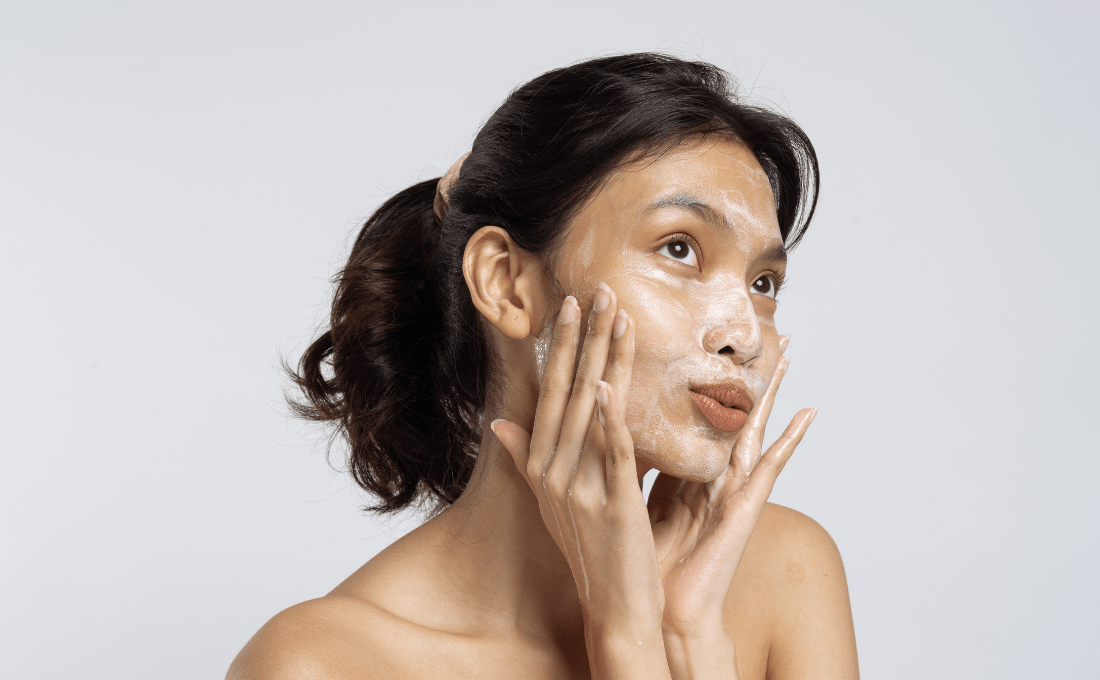Exfoliation
Exfoliation is an essential step in any skincare routine. It involves removing dead skin cells from the surface of the skin, which can help improve skin texture, reduce the appearance of fine lines and wrinkles, and promote a radiant, glowing complexion. There are two types of exfoliation: physical and chemical.
Physical exfoliation involves the use of a scrub or other abrasive material to manually remove dead skin cells from the surface of the skin. This can be done with a variety of products, such as a facial scrub, a loofah, or a brush. When using a physical exfoliator, it is important to be gentle and avoid scrubbing too hard, as this can cause irritation and damage to the skin.
Chemical exfoliation involves the use of acids or enzymes to break down and dissolve dead skin cells on the surface of the skin. There are two main types of chemical exfoliants: alpha-hydroxy acids (AHAs) and beta-hydroxy acids (BHAs). AHAs, such as glycolic acid and lactic acid, work by dissolving the bonds between dead skin cells, while BHAs, such as salicylic acid, penetrate deep into the pores to dissolve oil and unclog pores.
When choosing an exfoliator, it is important to consider your skin type and needs. Those with sensitive skin may want to opt for a gentle chemical exfoliator that contains lactic acid while those with oily or acne-prone skin may benefit from a chemical exfoliant like salicylic acid. It is also important to avoid over-exfoliating, as this can cause irritation and damage to the skin. For most people, exfoliating once or twice a week is sufficient. In addition to improving skin texture and promoting a radiant complexion, exfoliating can also help to improve the effectiveness of other skincare products. By removing dead skin cells, exfoliating allows other products like serums and moisturizers to better penetrate the skin and deliver their benefits.




